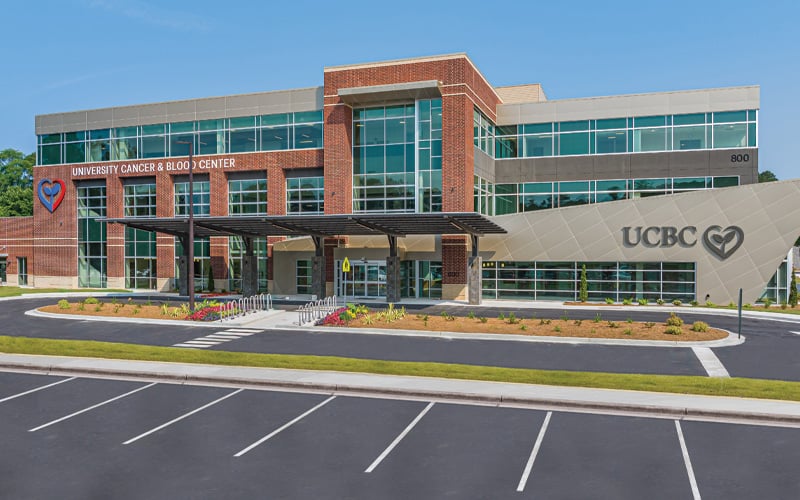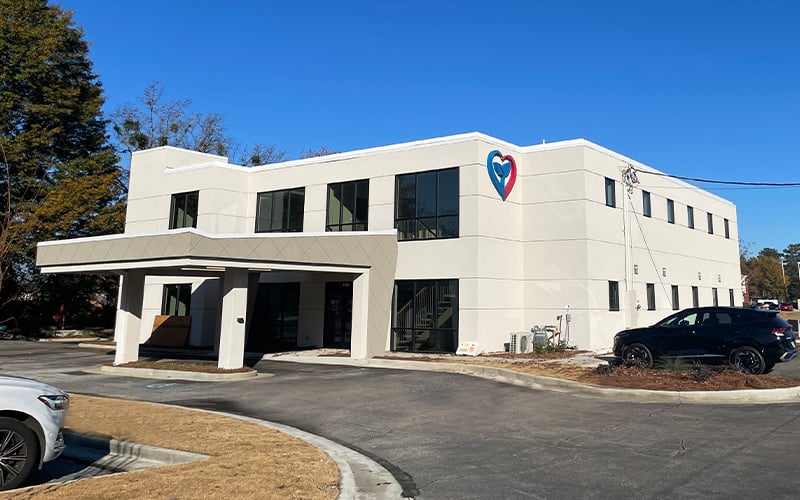Outside of skin cancer, prostate cancer is the most common cancer in men, with one in eight U.S. men developing this type of cancer at some point in their lifetime. In many cases, prostate cancer grows slowly and can be treated effectively. Nonetheless, as with most types of cancer, early detection is key, because treatment is typically most effective in the disease’s earliest stages.
Symptoms of Prostate Cancer
The prostate is a small, walnut-shaped gland that produces seminal fluid in men. This gland surrounds the urethra, or the tube through which urine passes. Prostate cancer develops when cells in the prostate experience DNA changes. These abnormal cells can develop into a tumor, which could grow and potentially spread.
Not everyone who develops prostate cancer will have symptoms, and different individuals can experience different symptoms. According to the CDC, symptoms of prostate cancer could include:
- Difficulty urinating
- Difficulty emptying the bladder
- Pain while urinating
- Blood in the urine or semen
- Painful ejaculation
- Persistent discomfort in the back, hips, or pelvis
Keep in mind that while these symptoms don’t always indicate prostate cancer, they do warrant a trip to the doctor’s office for further investigation.
Prostate Cancer Risk Factors
As with many cancers, experts haven’t pinpointed a single cause for prostate cancer. However, there are certain factors that can increase your risk. For example, risk increases with age, as most cases tend to develop in men over 50. African Americans also have a greater risk than those of other races, as do those who are obese. Having a blood relative who has been diagnosed with breast cancer could also increase your risk.
The Importance of Early Detection
Prostate cancer screening tests for the presence of cancer before any symptoms develop. Abnormal prostate cells can often be detected by testing for prostate-specific antigen (PSA) in your blood, and a digital rectal exam may identify abnormal enlargement. In many cases, early detection can allow cancer to be discovered when it’s easiest to treat.
The U.S. Preventive Services Task Force provides different prostate cancer screening recommendations for various populations of men, based on factors such as age, risk level, and life expectancy. In general, by age 50, men who are at an average risk for prostate cancer and who have a life expectancy of at least 10 more years should discuss screening with their doctors.
For men with an increased risk, screening may begin as young as age 40, but men of a more advanced age may not benefit from being similarly tested. “Because prostate cancers can grow at a very slow rate,” clarifies Dr. Eric Flynt, “older men who aren’t showing any symptoms of prostate cancer and who don’t have a life expectancy of at least 10 more years may not benefit from undergoing the test, as the disease may not progress to harmful levels within that time frame. These decisions are best made in partnership with your primary care physician or urologist.”
While there are some concerns about possible false-positives and overdiagnosis or overtreatment, it’s important for men to weigh the risks and benefits when considering when to get screened for prostate cancer. Catching prostate cancer when it’s localized or regional can result in a five-year life expectancy of over 99% – which for many men is worth the potential minor drawbacks.
If you or a loved one has been diagnosed with prostate cancer, turn to the expert oncologists and comprehensive care at UCBC. Our team treats a wide variety of cancers using customized approaches, including radiation oncology. Find out more about how we can help by contacting us online or by calling 706-548-0500.















